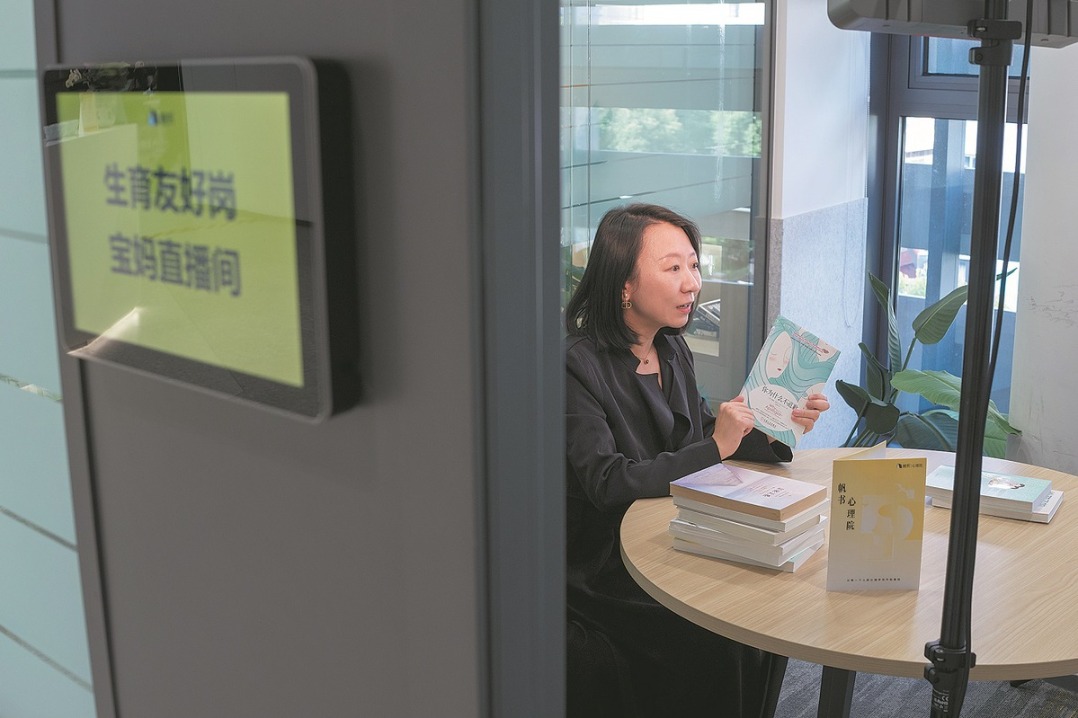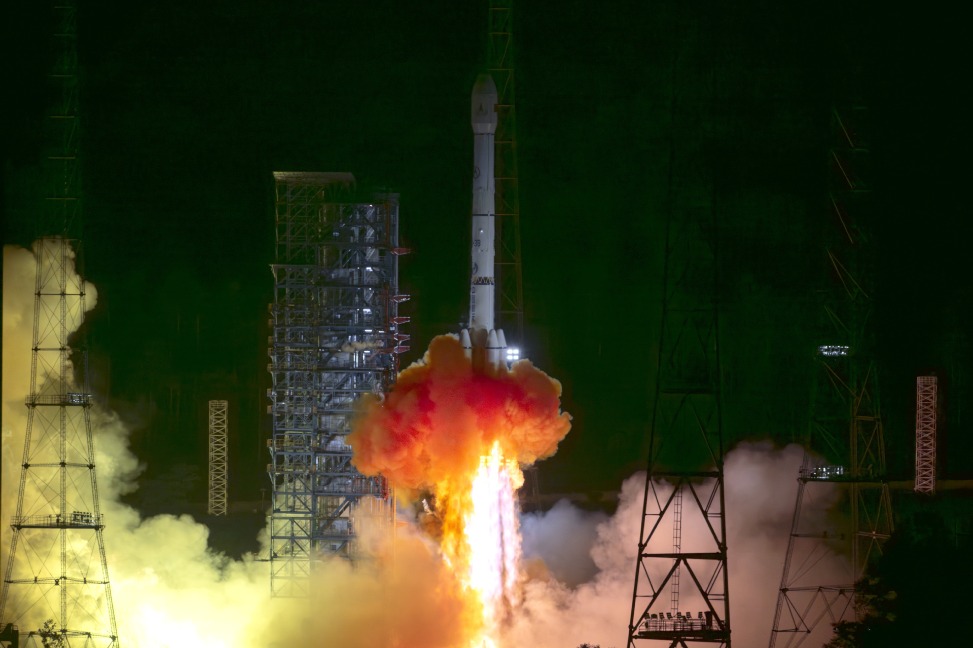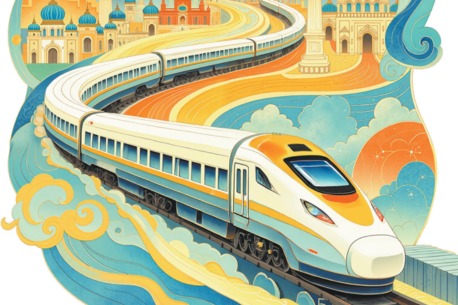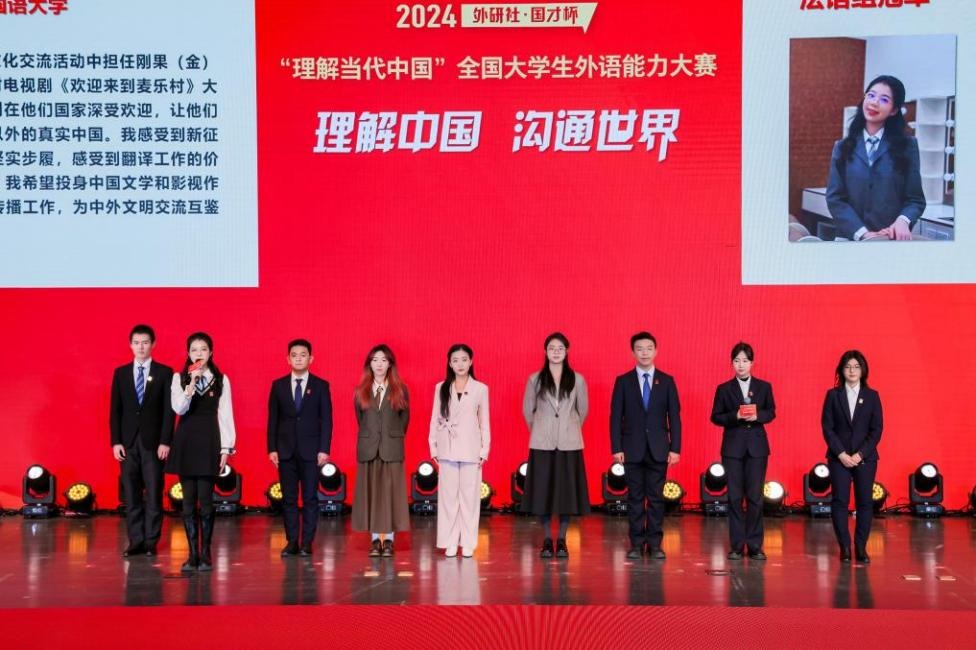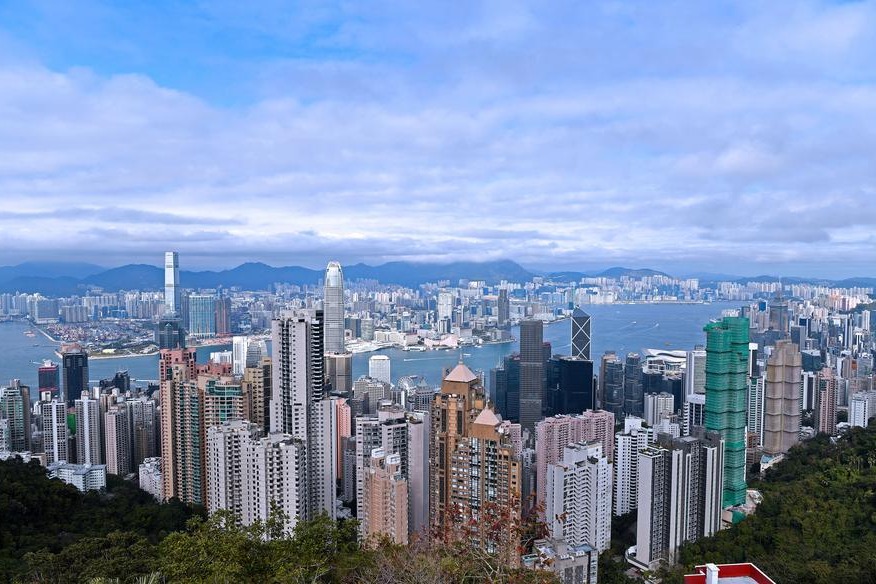Fantasy and fiction

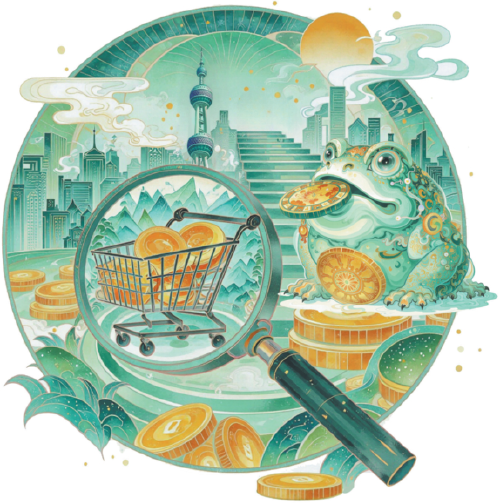
The West uses myth of imbalance to turn China into a scapegoat as it refuses to conform to the constraints of a global system of uneven accumulation
In a recent Financial Times column, senior economics writer Martin Wolf opined about China's savings rate, consumption ratio and supposed overcapacity, warning that the world cannot accommodate such a large economy with a consumption share of just 39 percent. For Wolf, this evidences "imbalance".Wolf isn't the only voice in the Western main stream that runs with this trope. The problem with this trope is not just that it's misleading, but that it conceals a deeper ideological discomfort among many Western commentators.
China's development model works. It raises real incomes, absorbs output domestically through investment and real wage growth, and where available, exports affordable goods that expand global development and consumption possibilities. For millions of people, especially across the Global South, this is not a problem but a solution.
The challenge for many Western commentators is that China refuses to succumb to a Western narrative, and play the role prescribed by Western orthodoxy. In the Western doxa, China should be a passive consumer, obedient debtor and constrained producer. Instead, China resists this framing and this set of performance demands. Rather, it prices people in through abundance — domestically and globally. This stands in direct contrast to the West's strategy of pricing people out through confected or engineered scarcity.
The term "global imbalance" is trotted out as an objective economic diagnosis, but it is actually a political and ideological device. Those who promote it never define what an imbalance actually is, nor specify what the optimal global balance might be. It implies the presence of disorder, deviation and unsustainability, while smuggling in the unspoken assumption of balance or equilibrium, which is good, natural and moral. But the international economy is never in equilibrium. It is shaped by evolving capacities, shifting demand structures, asymmetric development and historical legacies of extraction and dispossession. Feedback loops abound. Changes to productive capabilities continually transform the spatial distribution of production, with implications for the contours of value flow and accumulation. What constitutes "balance" at one moment is "imbalance" at the next, and an "imbalance" today transforms into a "balance "tomorrow. The very idea that the world economy should resemble a perfectly weighted see-saw betrays a fantasy of static symmetry that has never existed, and which cannot exist.
But in invoking the notion of imbalance, Western commentators substitute a form of moralism for analysis. The invocation of the imbalance trope is clothed in the language of mainstream economics, so as to lend it credence. Yet, the real concern is not that China's growth model is unsustainable. Rather, it is that China refuses to conform to the constraints of a global system of uneven accumulation and repressed development that has, for decades, privileged Western consumption and control over global capacity development. "Imbalance" is not the problem; it is a reflection of a global economy that is finally being reorganized in ways that the West cannot monopolize.
The core argument rests on the premise that China's consumption-to-GDP ratio is too low, and that its high savings rate is evidence of domestic wages repression. But this misunderstands both macroeconomics and China's development trajectory.
Savings is a residual. It's what remains after consumption; it is not a prima facie constraint. If savings are high, the question to ask is not "why do people save so much" but "why are their incomes high enough to save so much while they satisfy their material requirements of life". That the savings rate has stayed relatively stable simply means that income growth has been strong enough to support both consumption and saving.
The real question is not whether consumption reaches a Western-style share of GDP. There's no basis to accept this as some form of transcendental, ahistorical, natural and virtuous benchmark. The issue is whether domestic income and investment are sufficient to absorb output, as output grows. On this front, China performs well. Wages have risen in line with productivity. Investment has shifted from expansive infrastructure that supports value flow (think of transport and logistics, energy systems and information networks) and the foundational fixed capital of urban expansion, to high-tech manufacturing, green energy, digitalization and next-generation logistics.
China's model combines productive investment with real wage growth. This builds both supply and demand capacity over time. The West calls this "imbalance", when arguably it's simply a different and more sustainable model of structural transformation.
There is also much handwringing about how China's large-scale production distorts global markets. But what these commentators call "overcapacity" is, in many cases, the export of abundance. In sectors such as solar panels, batteries and electric vehicles, Chinese scale and efficiency drives down global prices by orders of magnitude. These goods are now accessible to countries that could never afford them under Western oligopolistic pricing.
Rather than crowding others out, China's industrial expansion often enables the rest of the world to consume and produce in ways that were previously unaffordable. This is especially true in the Global South, where access to cheap capital goods, machinery and digital infrastructure is a precondition for industrial take-off. China's industrial capacity and model of trade is a global enabler. If one wants to call this "imbalance", then so be it. But whatever one calls it, it is a welcome reality from the point of view of the Global South.
The real contrast lies here. China's economy is inclusive, via the mass provision of affordable goods and services, and through continuous improvements in productive capabilities. The Western model, by contrast, excludes. It is built around confected scarcity, rent-seeking and the strategic elevation of price as a gatekeeping device.
Healthcare, housing, education and energy are cases in point. These are not expensive in many countries of the West because they are scarce, but because they are financialized. Supply is artificially constrained. The outcome is not just inequality, but economic fragility: living standards that depend on credit, asset inflation and the extraction of value from others.
Unable to explain why the West has failed to deliver material progress for large segments of its own population, or for the Global South for that matter, Western commentators pin the blame on China's "imbalance", as if the world's problems began in Shenzhen rather than Wall Street. This is a politics of grievance.
The core achievements of China's model — namely, rising real incomes, expanding productive capacity and global provision of affordable goods — evince a coherent strategy of development.
The West's greatest export is not overcapacity but a narrative of decline masked as virtue. China just won't play along. In the end, the question is not whether China should change; China is continually evolving each and every day. The question is whether the West can confront its own role in perpetuating the very imbalances it claims to oppose.
The author is an adjunct professor at Queensland University of Technology and a senior fellow at the Taihe Institute. The author contributed this article to China Watch, a think tank powered by China Daily. The views don't necessarily reflect those of China Daily.
Contact the editor at editor@chinawatch.cn.
















